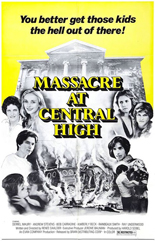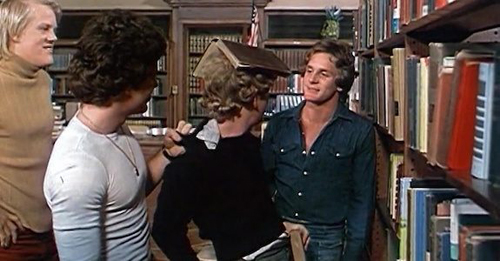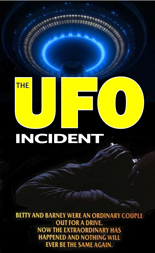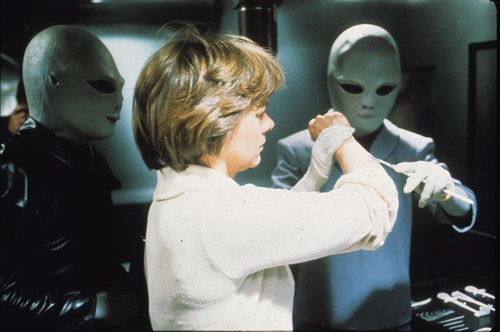
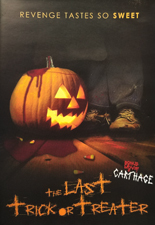 Tulsa-based filmmaker Darla Enlow’s The Last Trick or Treater seems calibrated to get viewers into the Halloween spirit. While only around a half-hour, so was Walt Disney’s The Legend of Sleepy Hollow cartoon. Flaws and all, I embrace it with as much love as went into it. Play it as an aperitif before any All Hallows’ Eve film of your choice.
Tulsa-based filmmaker Darla Enlow’s The Last Trick or Treater seems calibrated to get viewers into the Halloween spirit. While only around a half-hour, so was Walt Disney’s The Legend of Sleepy Hollow cartoon. Flaws and all, I embrace it with as much love as went into it. Play it as an aperitif before any All Hallows’ Eve film of your choice.
In the Headless Horseman’s place, this shot-on-video shocker has the hobo-masked Scabby Bobby (Gavin Wells). As terminal cancer patient Morley (Chris Cameron) tells his hospice nurse (Darla Pike, Enlow’s Toe Tags) on Halloween night, Scabby Bobby was a stuttering kid they bullied mercilessly at school. Each Oct. 31, he returns to take vengeance on those who taunted, terrorized and traumatized him, one tormenter per year. Tonight, it’s Morley’s turn, and never has the playground rhyme of “Trick or treat, smell my feet, give me something good to eat” sounded like a legitimate harbinger of doom.
From Scabby Bobby, we go to serial killer Mr. Buttons in Carthage, the bonus movie on Last Trick or Treater’s difficult-to-find DVD. Turns out, it’s a dry run for Enlow’s The Stitcher, her 2007 feature. One more segment and she would have a full anthology of colorfully named killers. We should be so lucky! —Rod Lott

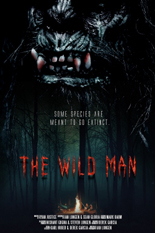 In the Florida Everglades, several locals have vanished;
In the Florida Everglades, several locals have vanished; 
